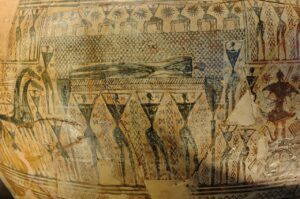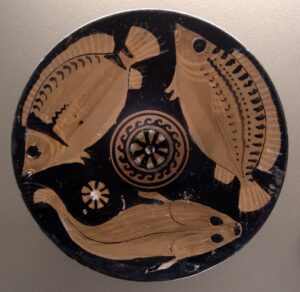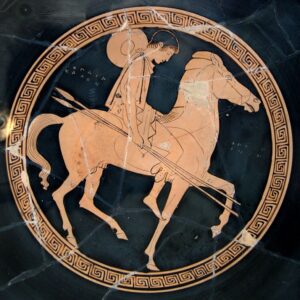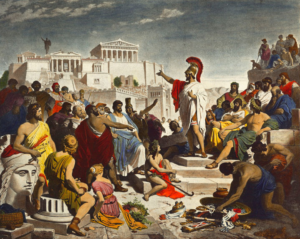The Minoans and Mycenaeans of ancient Greece were two important civilizations in the region of the Greek peninsula and played an important role in later developments. For example, ancient Greece is renowned for its rich cultural heritage and historical significance. Two of the most prominent civilizations that existed before the classical era of ancient Greece were the Minoans and the Mycenaeans. Both civilizations made significant contributions to the development of ancient Greek society and had a lasting impact on the history of the region, especially in relation to ancient Greek culture. This article discusses the Minoans and Mycenaeans of ancient Greece, exploring their origins, cultures, achievements, and eventual decline.
The Minoans of Ancient Greece
The Minoans were a Bronze Age civilization that originated on the island of Crete, located in the Aegean Sea. They are believed to have existed between 3500 BCE and 1100 BCE and are considered to be one of the first advanced civilizations in Europe. The Minoans were named after the legendary King Minos, who ruled the island of Crete during the period of its greatest prosperity.
The Minoans were known for their artistic and architectural achievements, as well as their thriving trade network. They built impressive palaces, such as the Palace of Knossos, which served as both the political and cultural center of their civilization. The Minoans also made significant advancements in pottery, textiles, and metalworking. Their pottery is characterized by its vibrant colors and intricate designs, and their textiles were renowned for their high quality and intricate weaves.
In addition to their artistic achievements, the Minoans were also skilled seafarers and established a thriving trade network that connected them to other civilizations throughout the Aegean and Mediterranean regions. This trade network allowed them to obtain valuable resources and exchange goods with other cultures, contributing to their prosperity and cultural exchange.
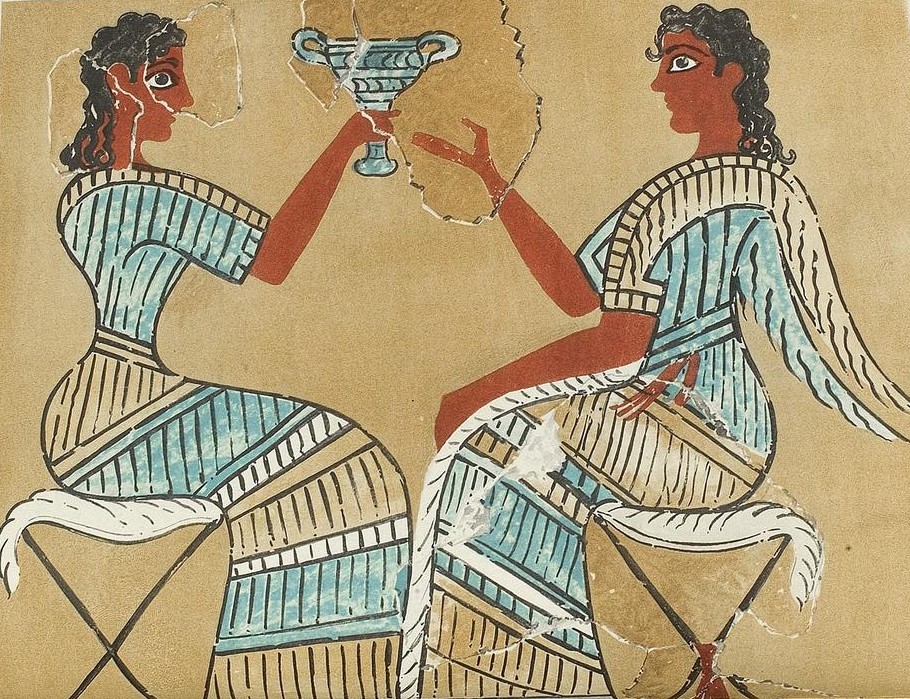
The Mycenaeans of Ancient Greece
The Mycenaeans were a also Bronze Age civilization that existed in mainland Greece from about 1750 BCE to 1050 BCE. They are believed to have descended from the Minoans and were heavily influenced by their culture and achievements. The Mycenaeans were known for their military prowess and their ability to establish powerful city-states, such as Mycenae, Tiryns, and Pylos.
The Mycenaeans were skilled warriors and made significant contributions to the development of Ancient Greek warfare. They used bronze weapons and armor, and were skilled in siege warfare, making them formidable opponents in battle. They also established a complex network of fortifications and defensive structures, such as the citadel at Mycenae, to protect their city-states from enemy attacks.
In addition to their military prowess, the Mycenaeans were also skilled traders and established a thriving trade network that connected them to other civilizations throughout the Aegean and Mediterranean regions. This trade network allowed them to obtain valuable resources and exchange goods with other cultures, contributing to their prosperity and cultural exchange.
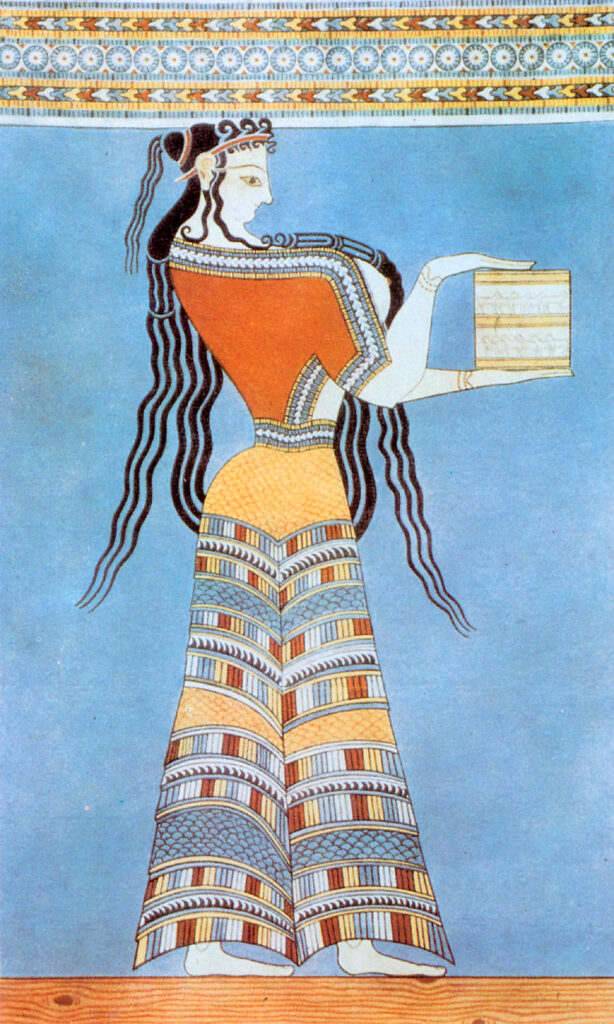
Decline of the Minoans and Mycenaeans of Ancient Greece
Despite their prosperity and achievements, both the Minoans and Mycenaeans eventually declined and disappeared from the historical record. The exact reasons for their decline are not entirely clear, but it is believed that a combination of factors, including internal conflict, natural disasters, and invasions from other civilizations, played a role in their downfall.
The Minoans are believed to have declined and eventually disappeared following a series of earthquakes and volcanic eruptions that devastated the island of Crete. The Mycenaeans, on the other hand, are believed to have declined following invasions from outsiders.
The decline and collapse of the Minoans and Mycenaeans eventually led to a period of time that historians refer to as the ‘Dark Ages’ in ancient Greece. There are almost no records from this time, and is generally considered to be a period of decline in the Greek society. Regardless, the Minoans and Mycenaeans are both considered to be precursors to the eventual rise of city-states in ancient Greece, which flourished during the main periods of ancient Greek history. These main periods of ancient Greece are referred to as: Archaic Greece, Classical Greece, Hellenistic Greece and Roman Greece.


